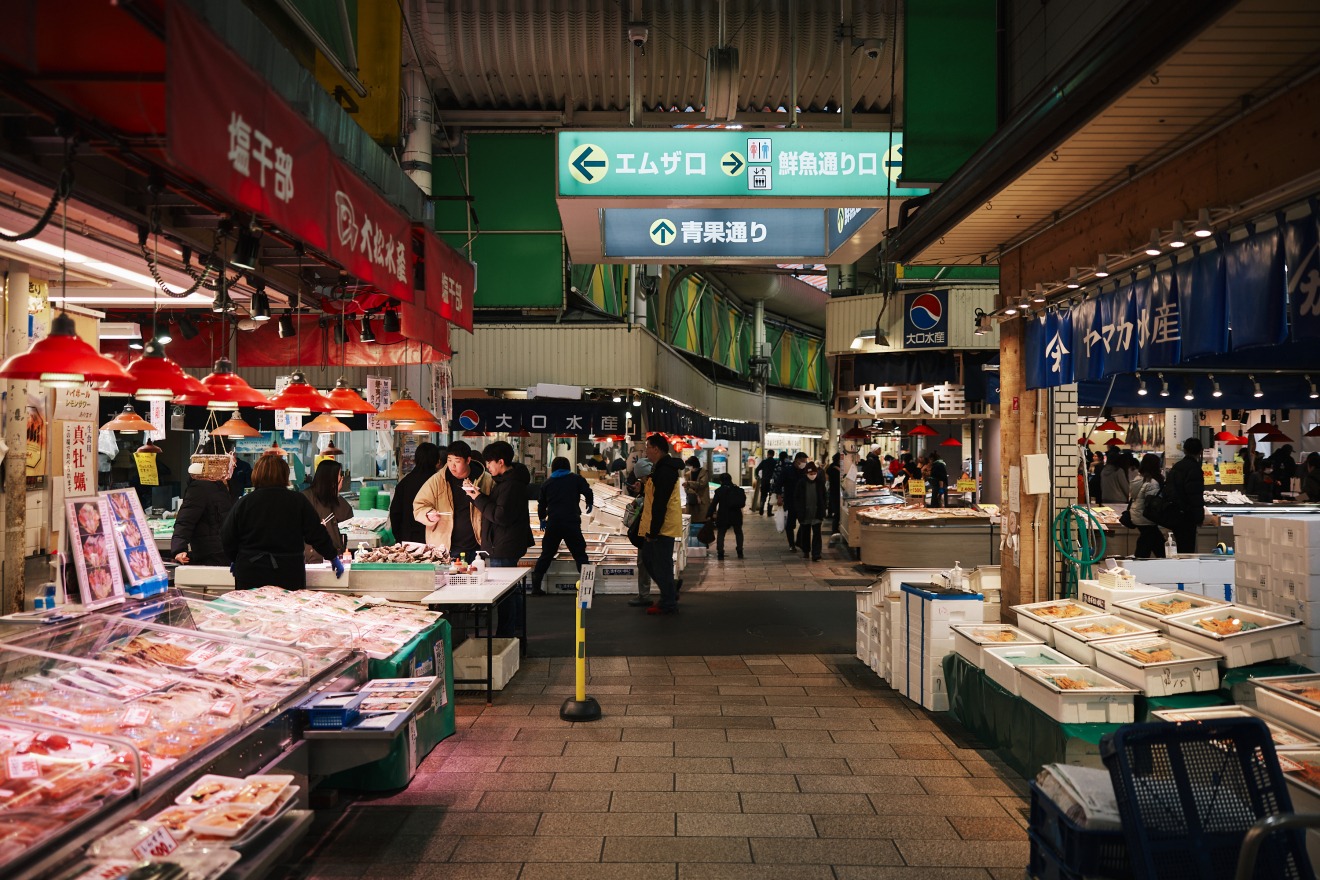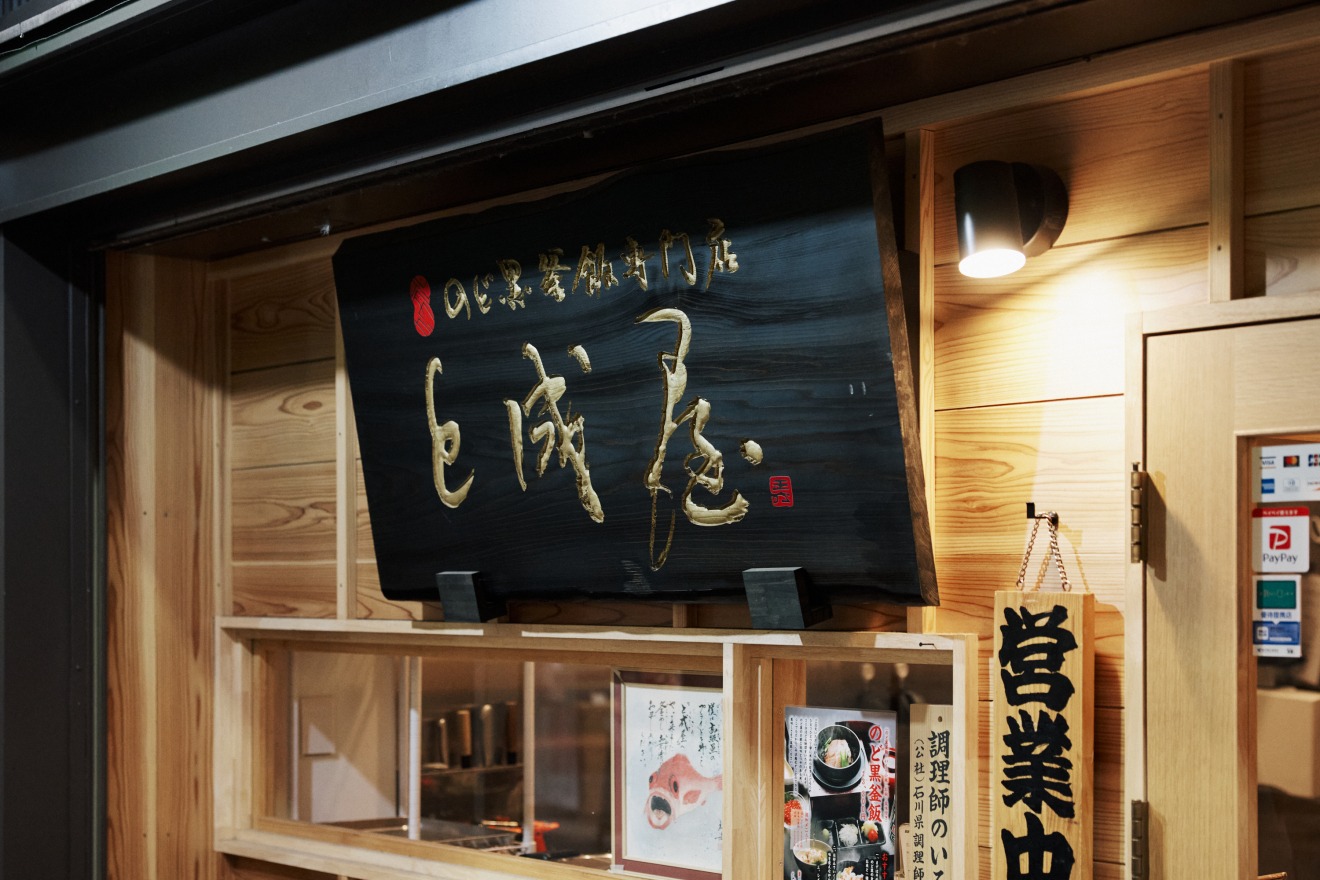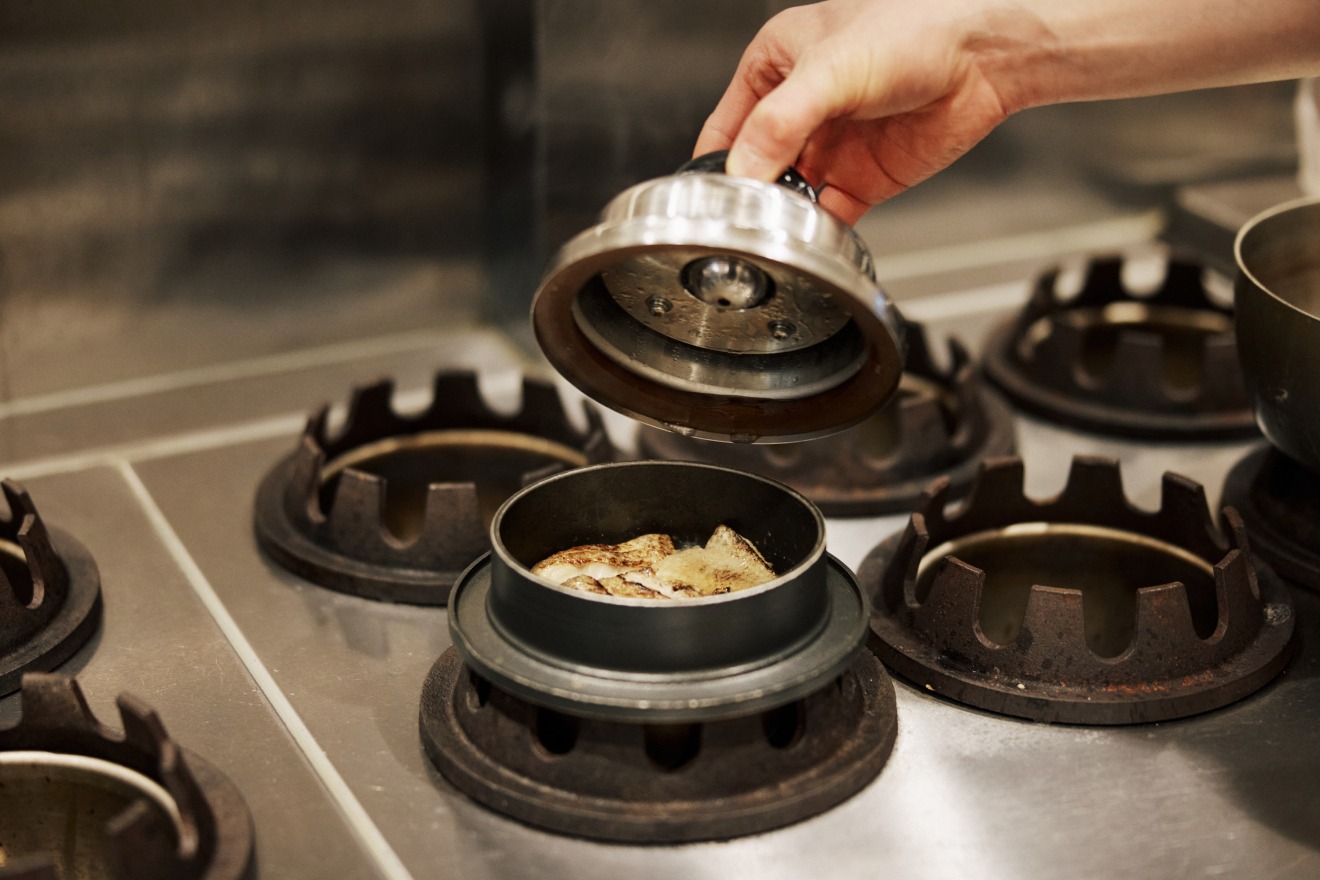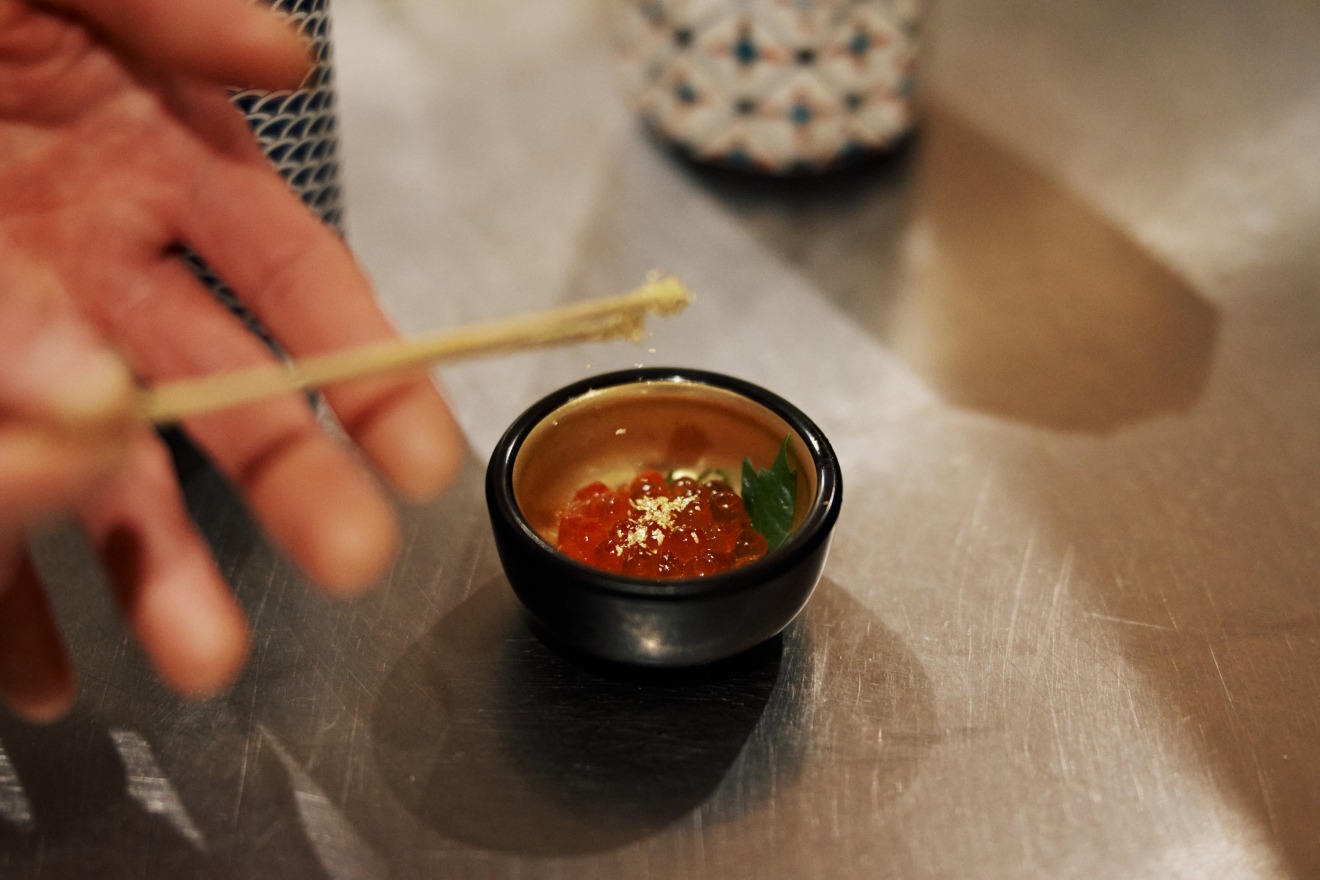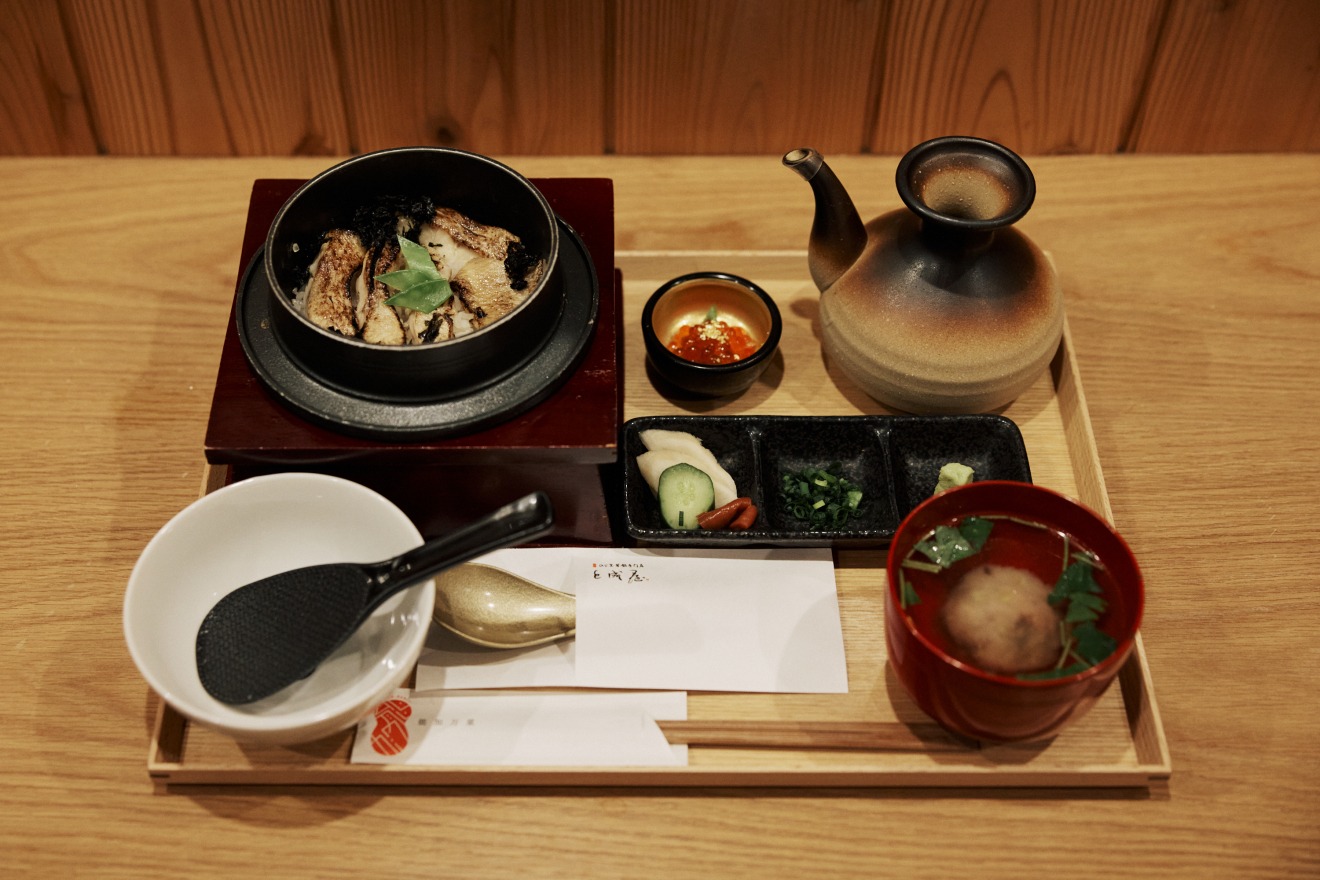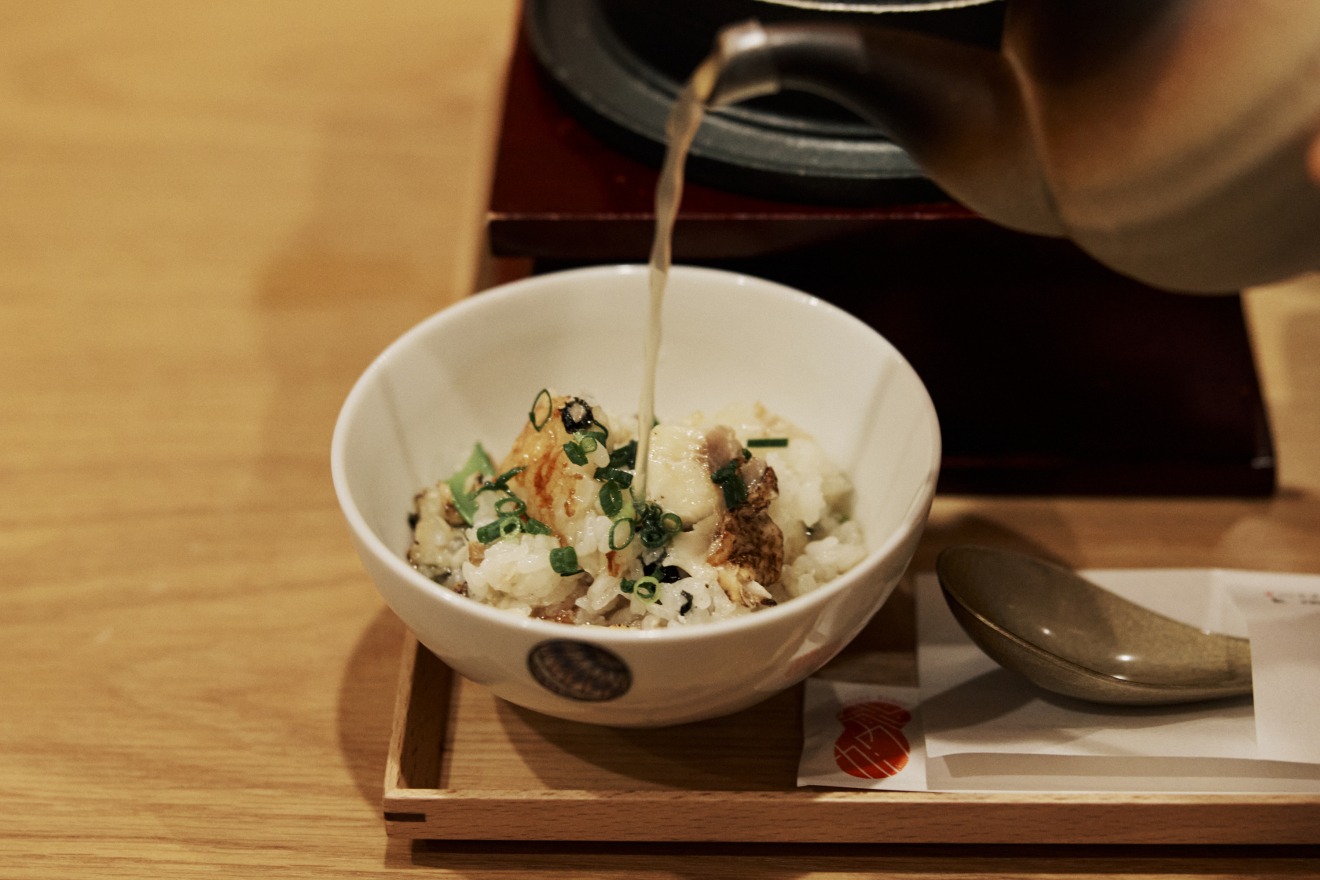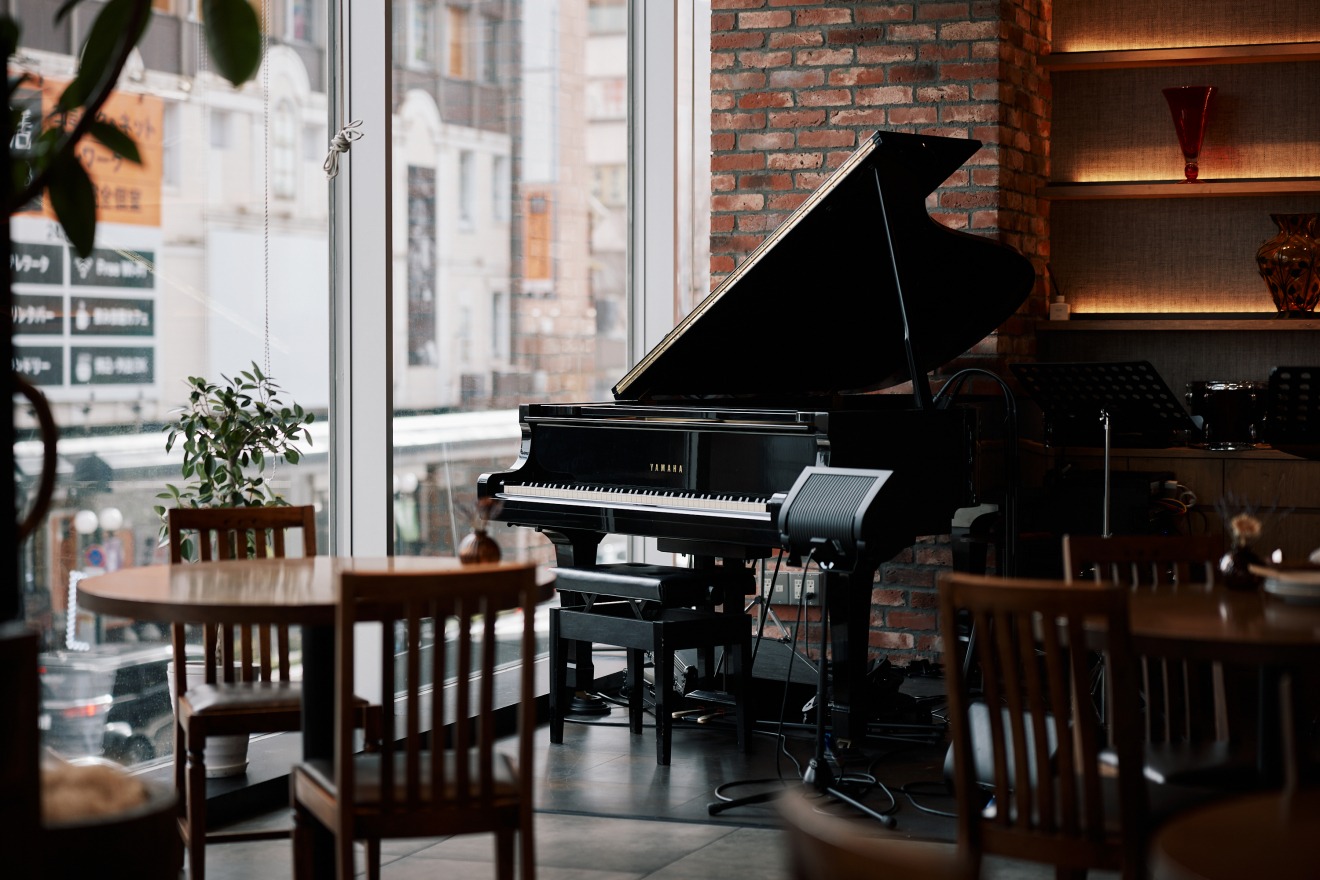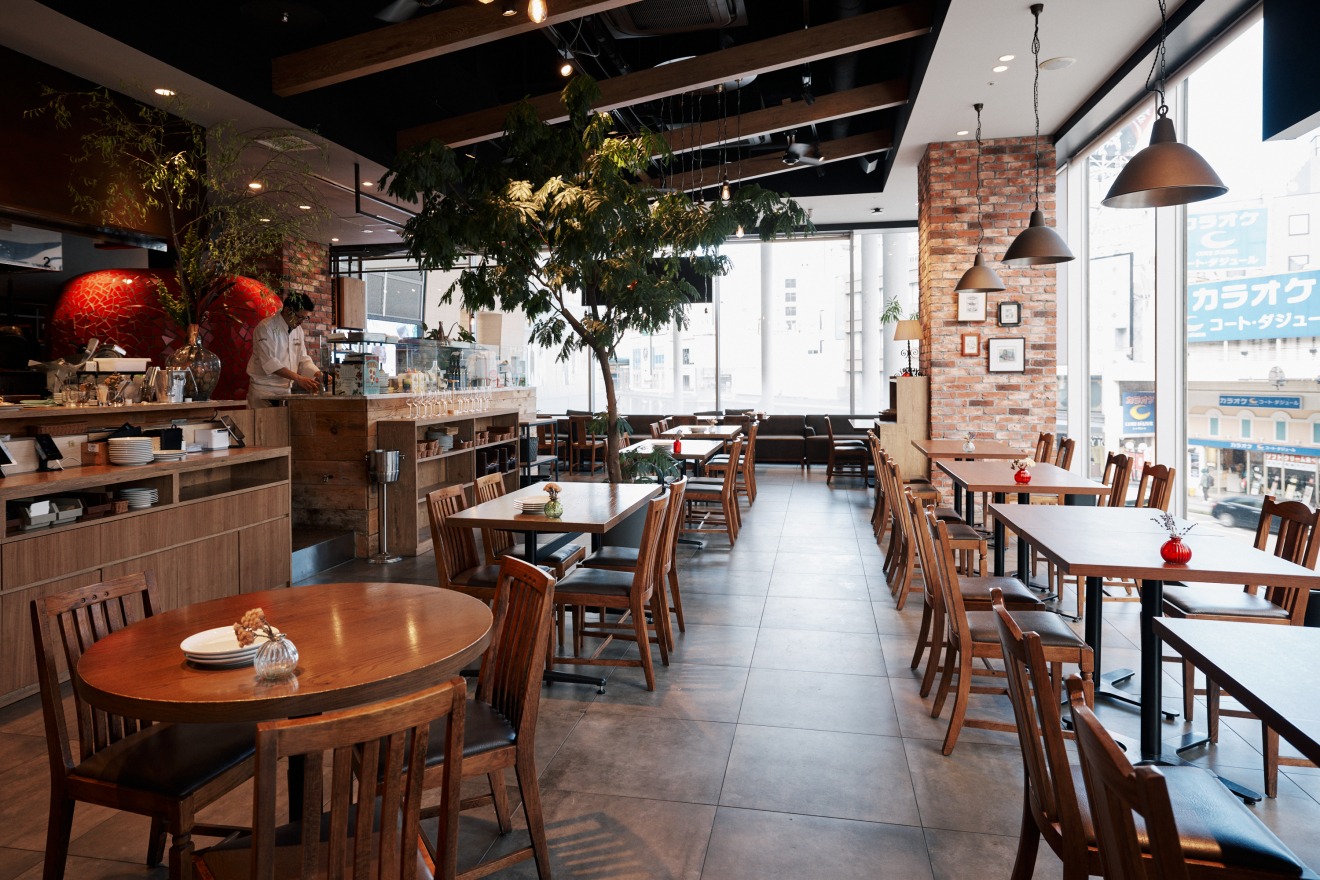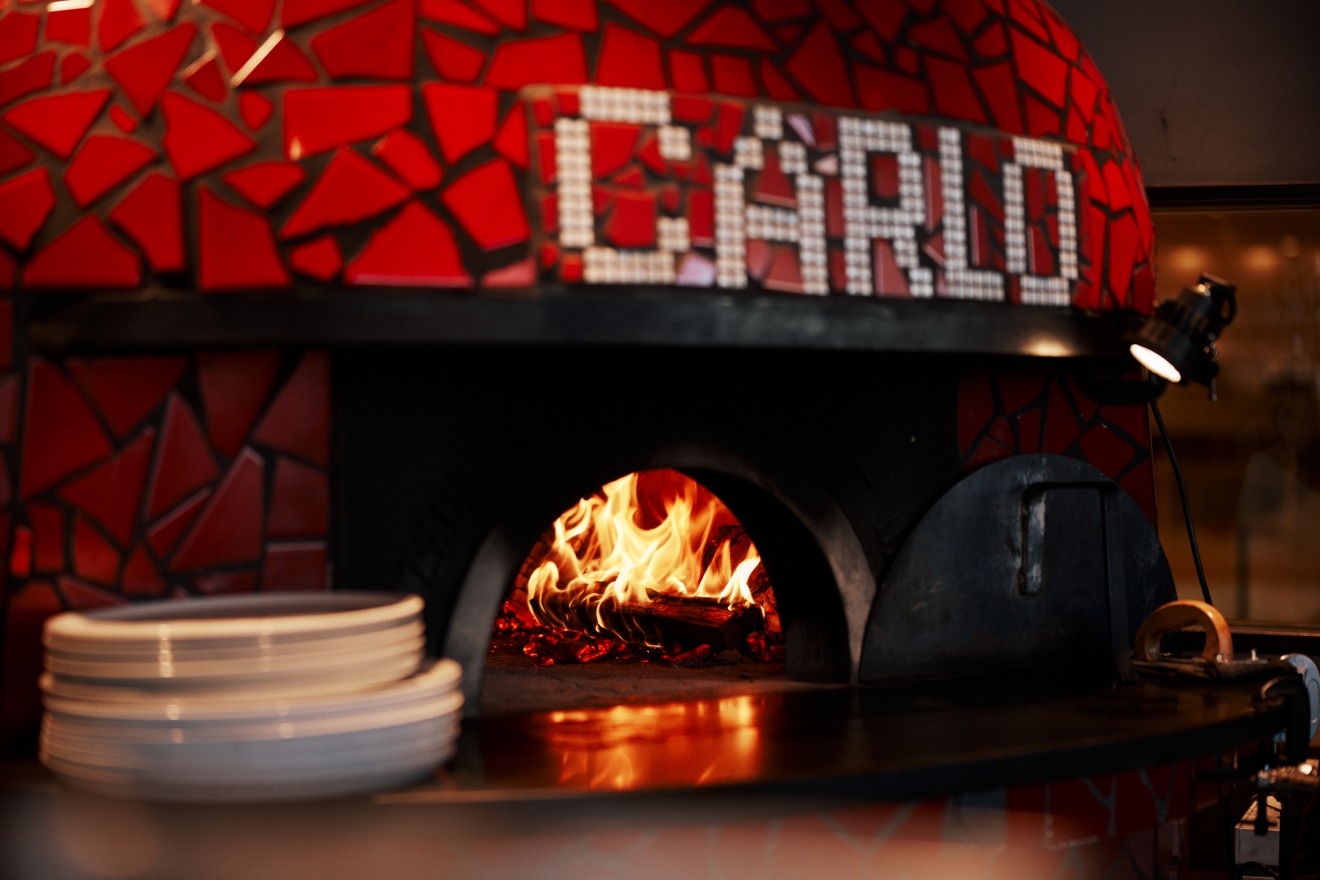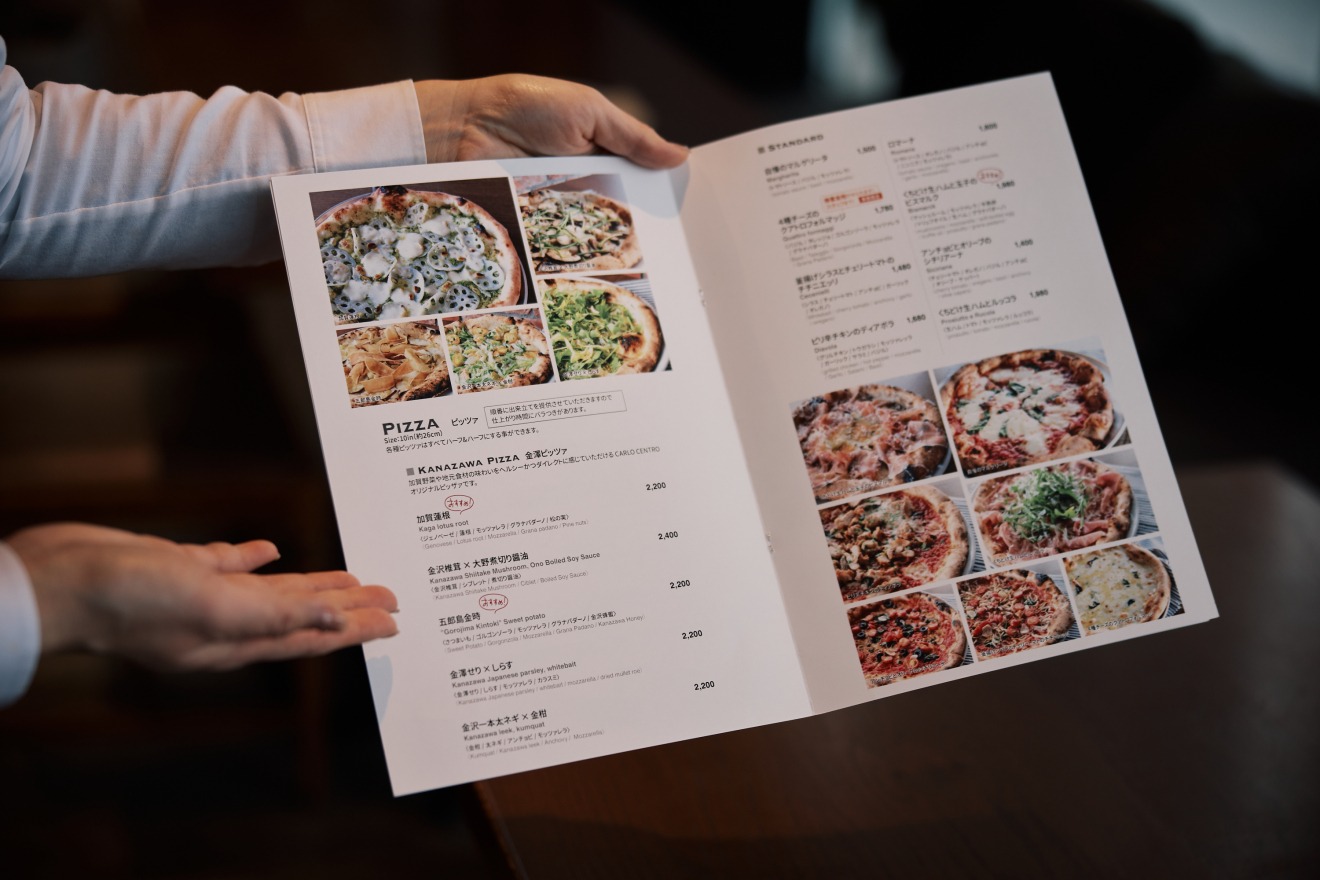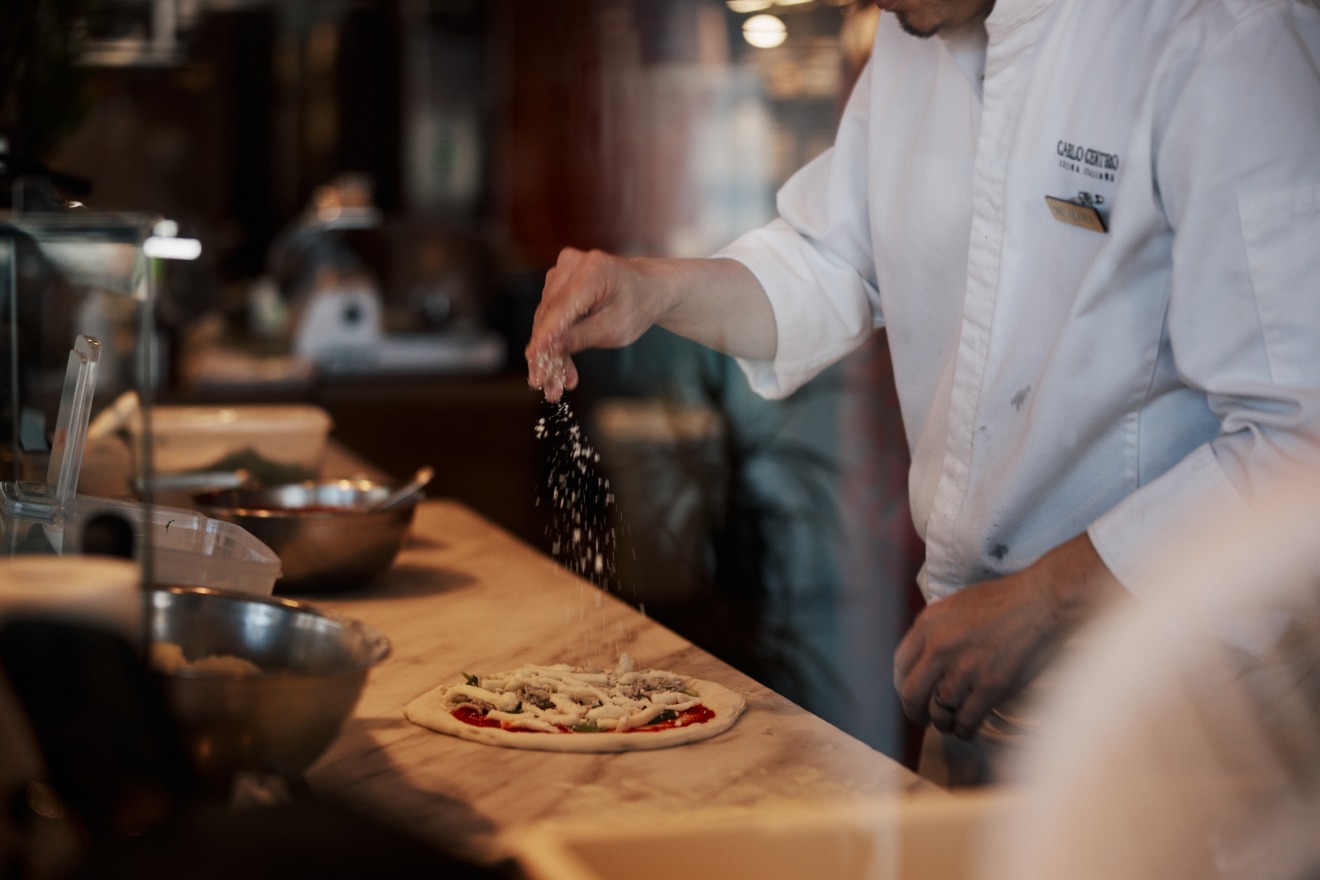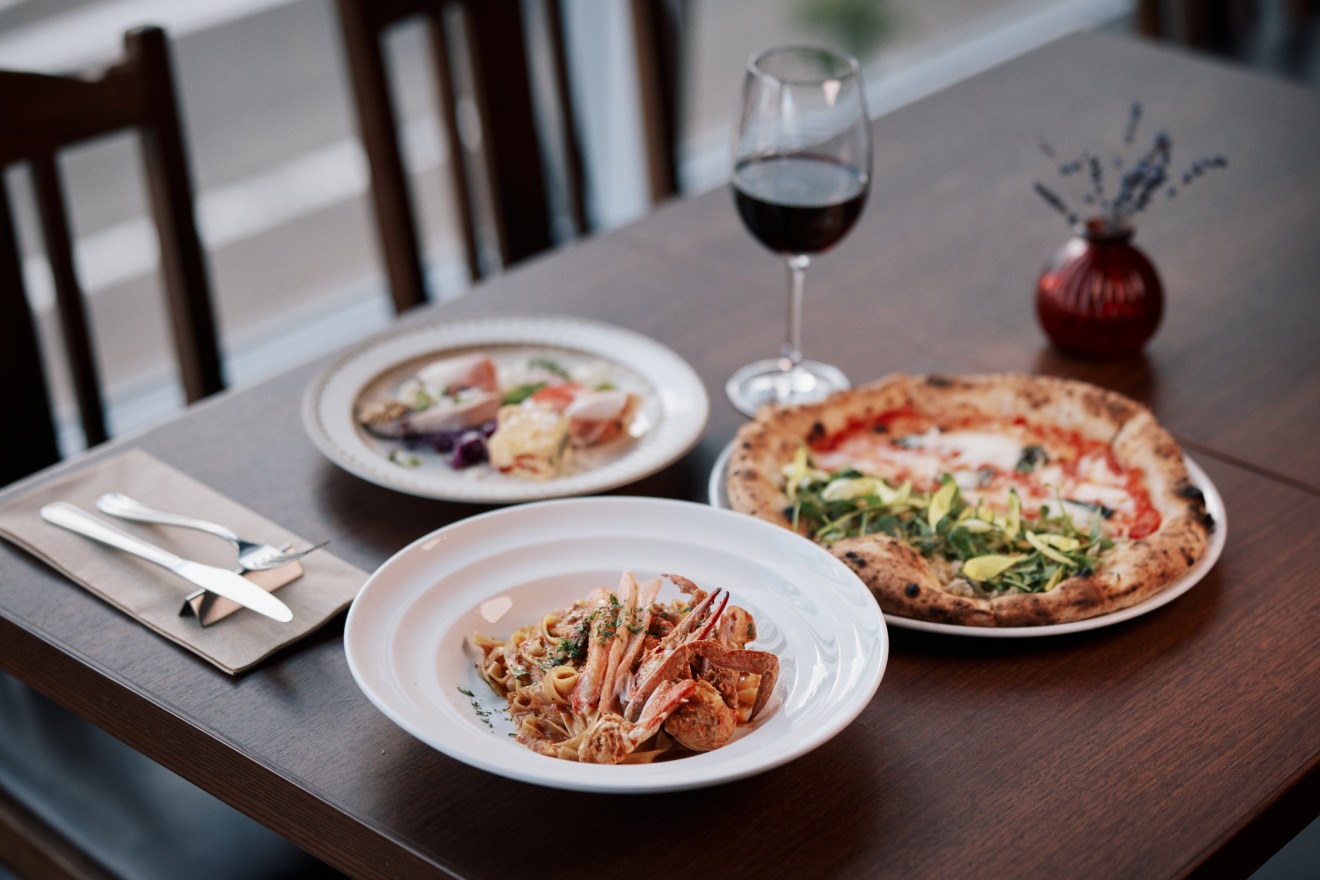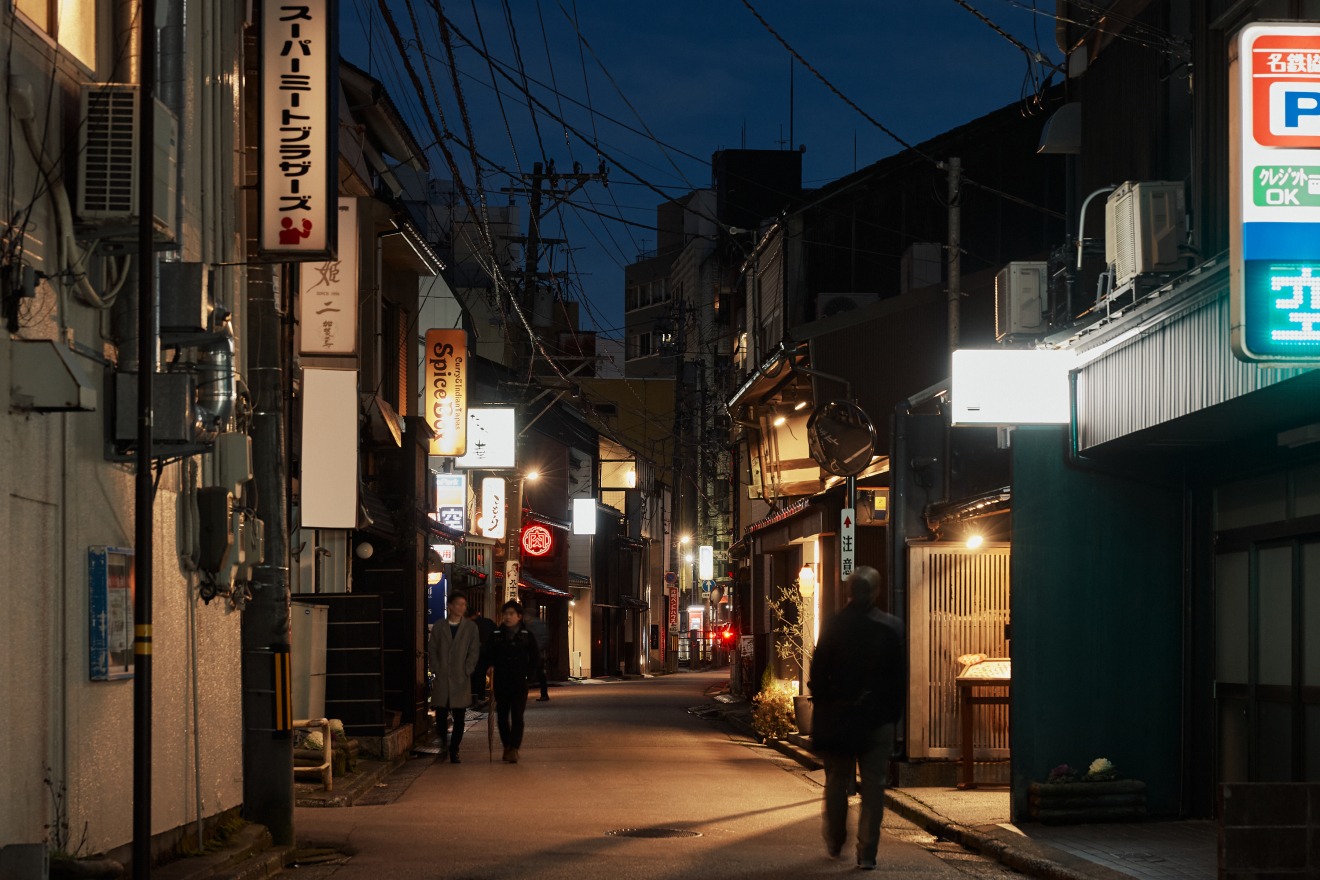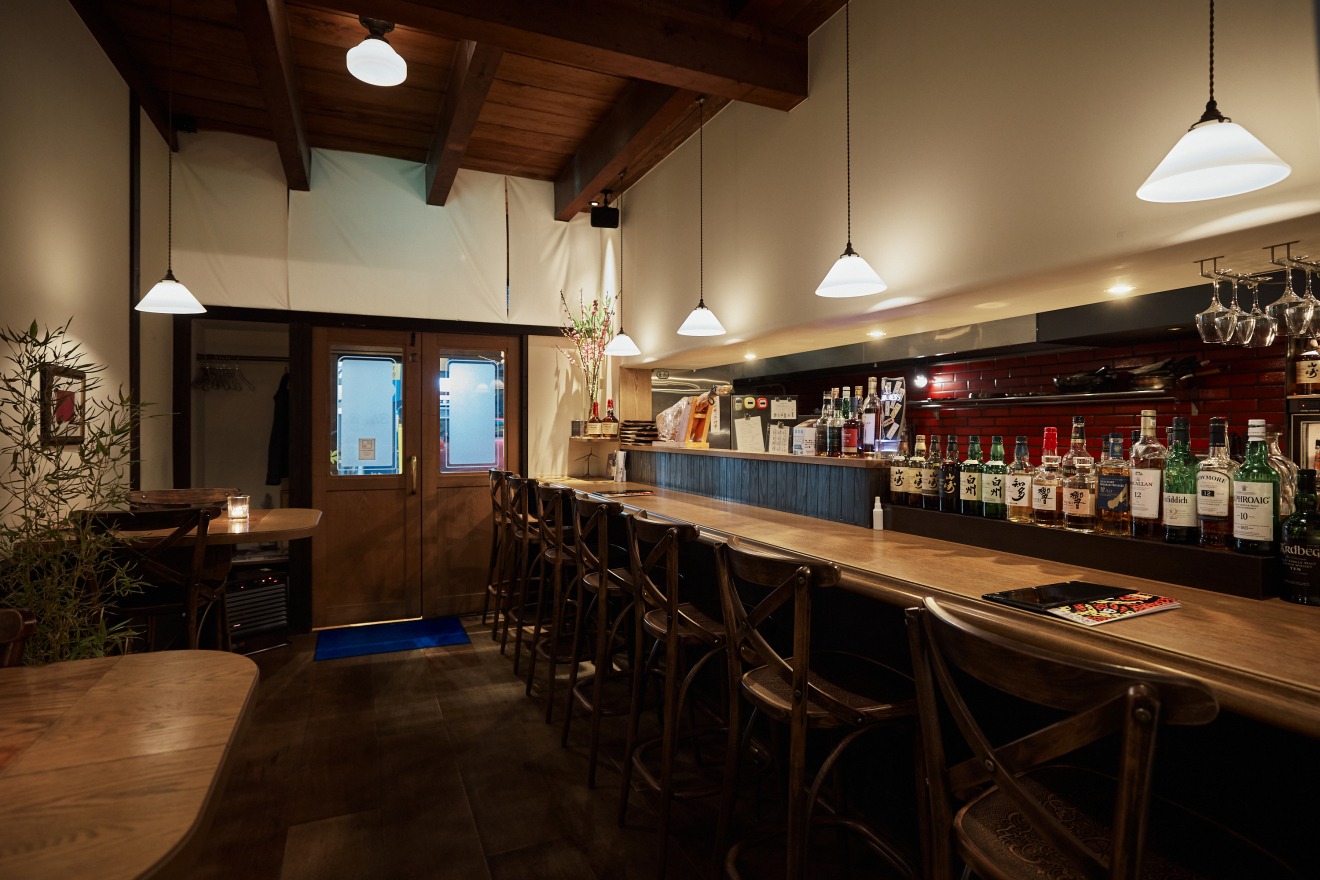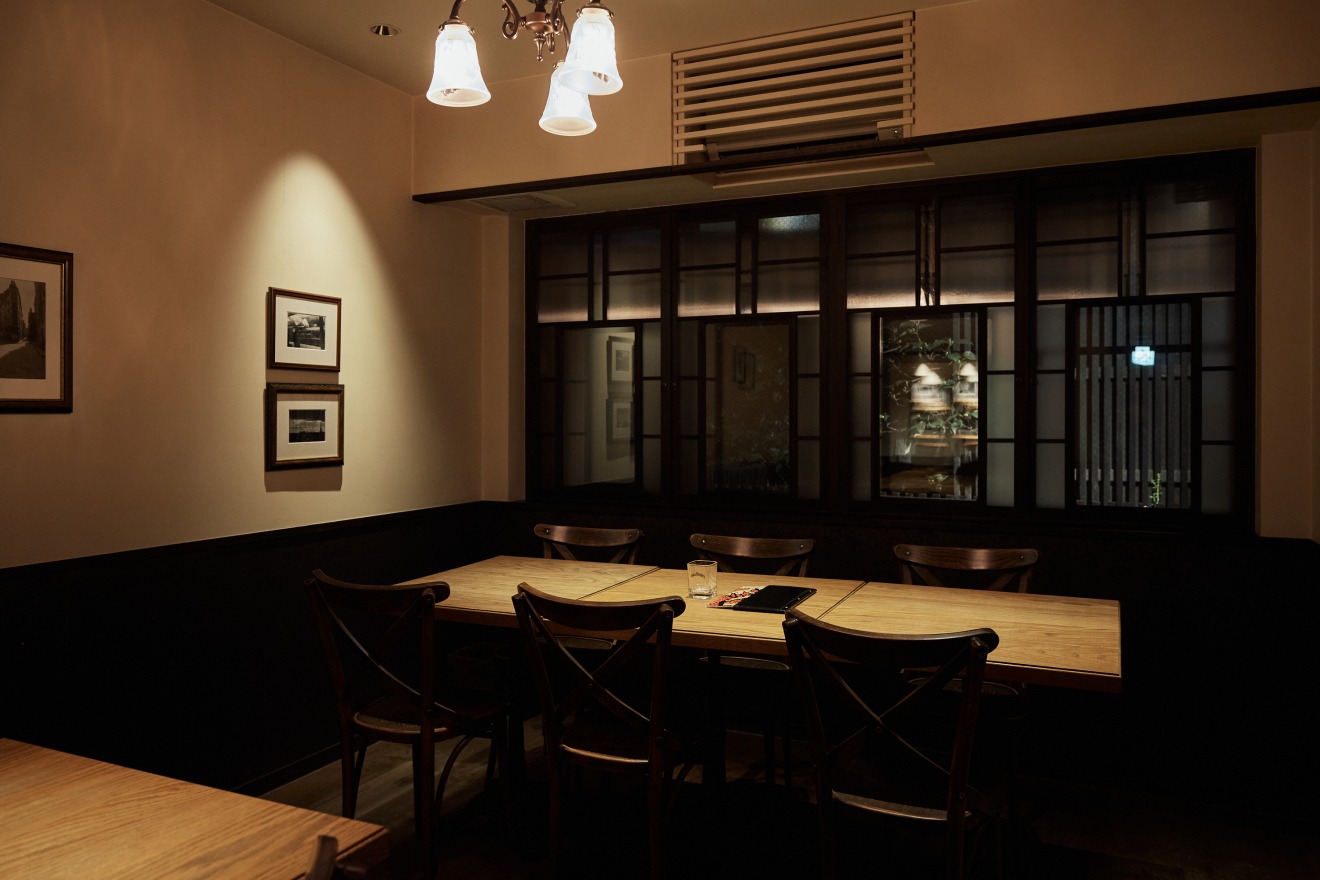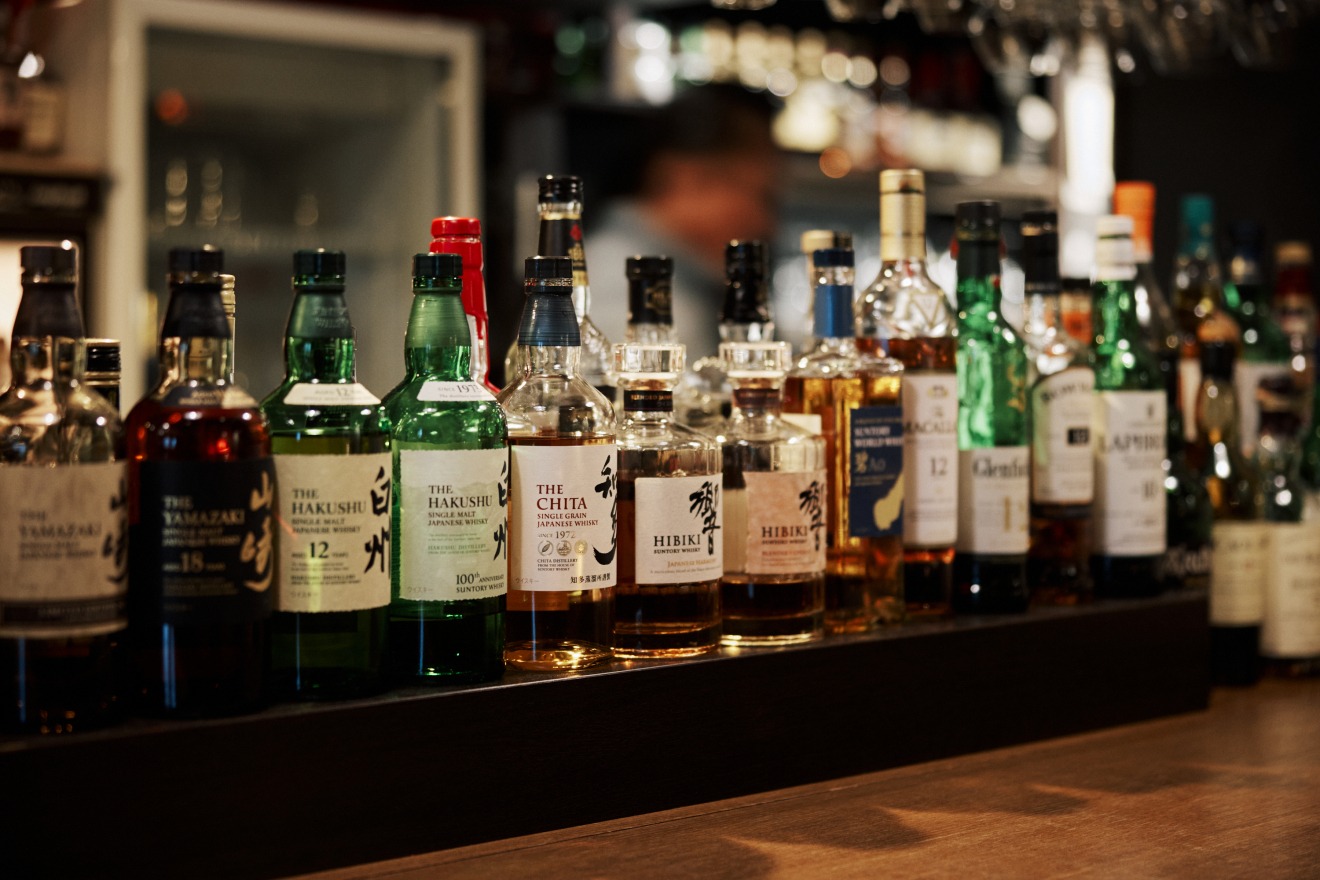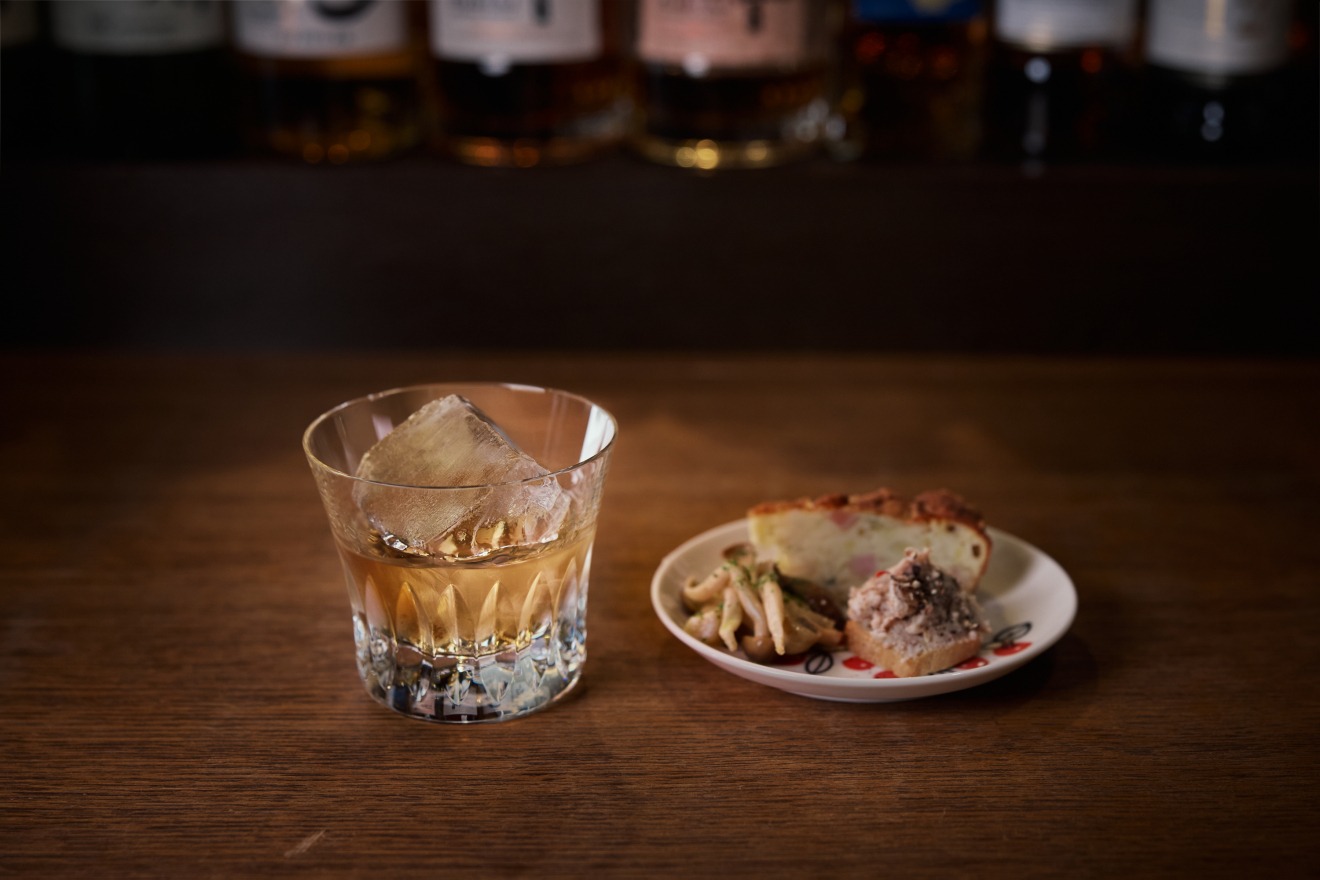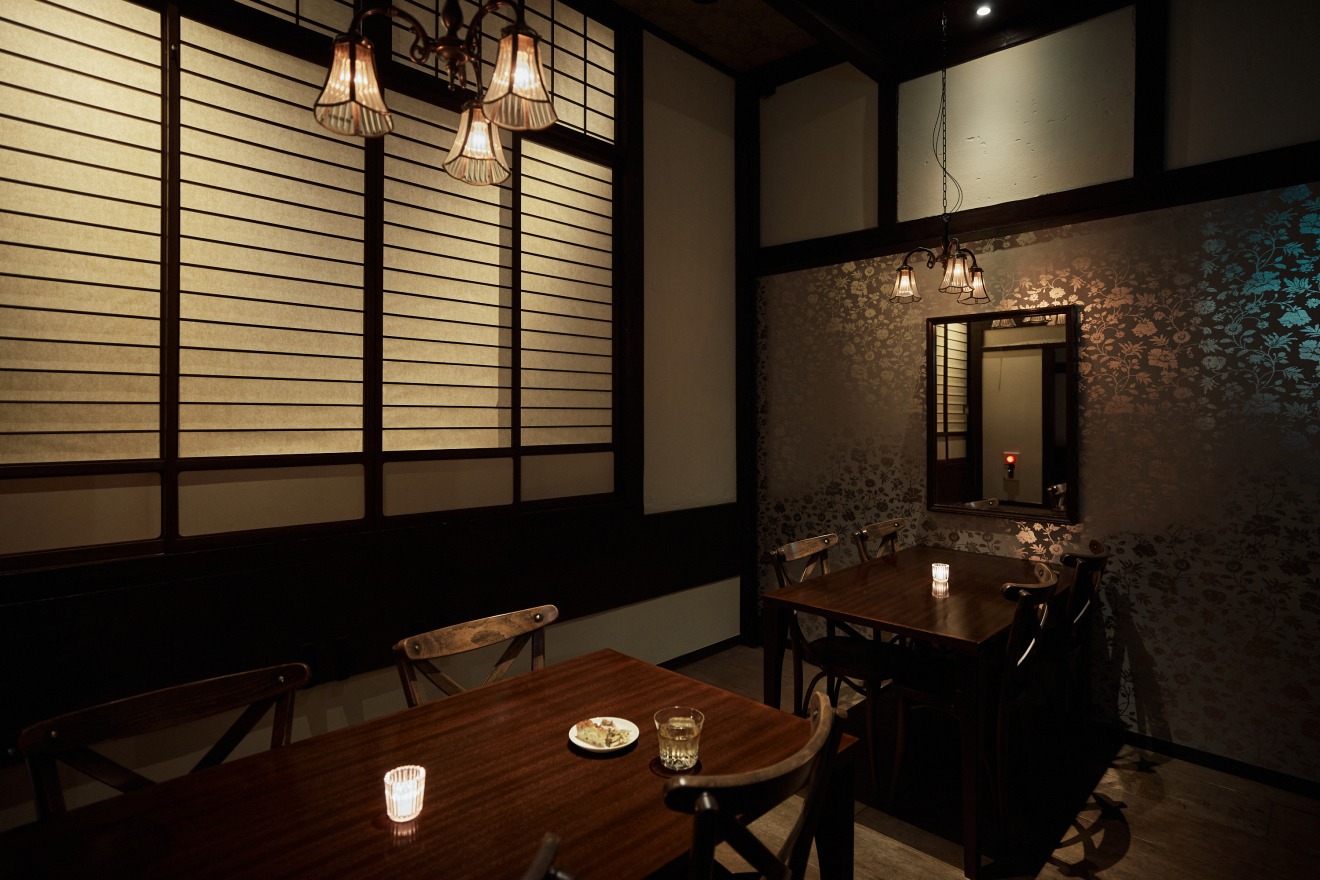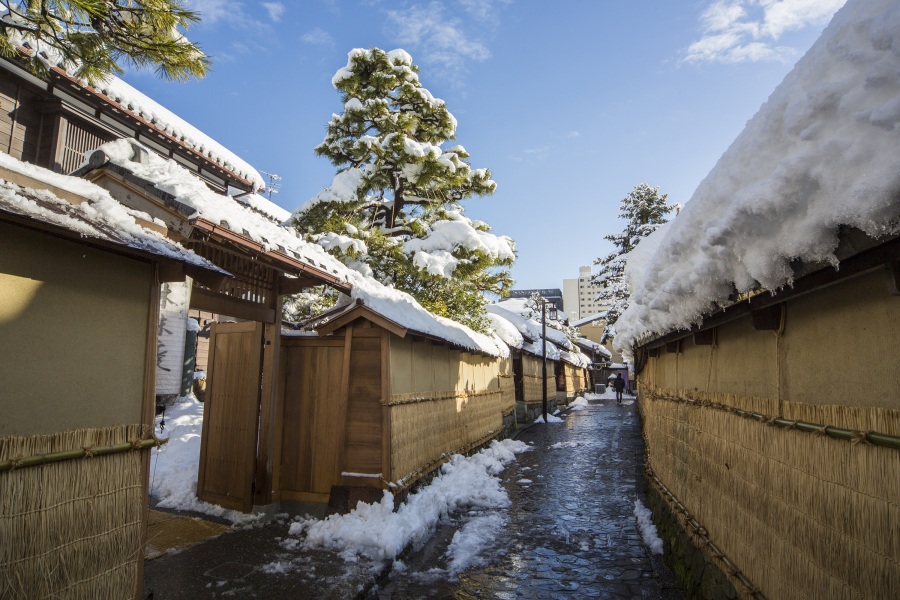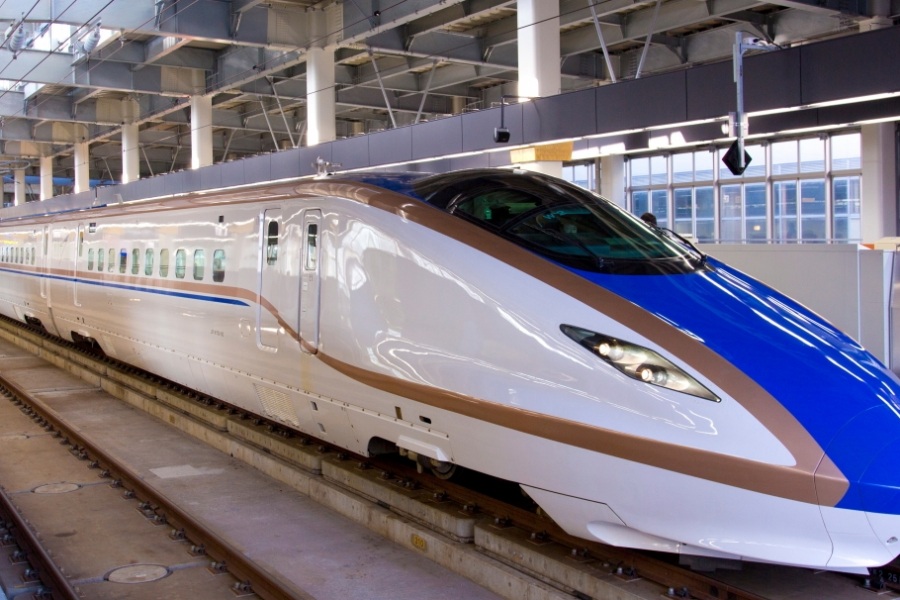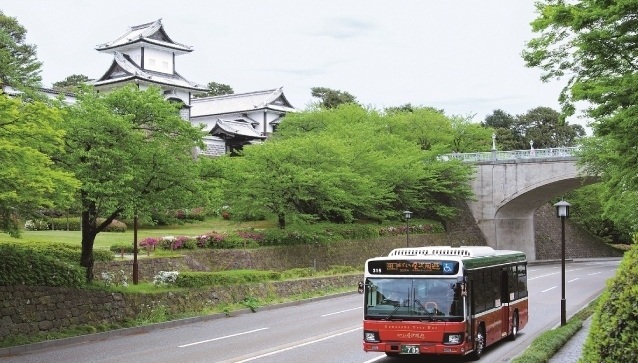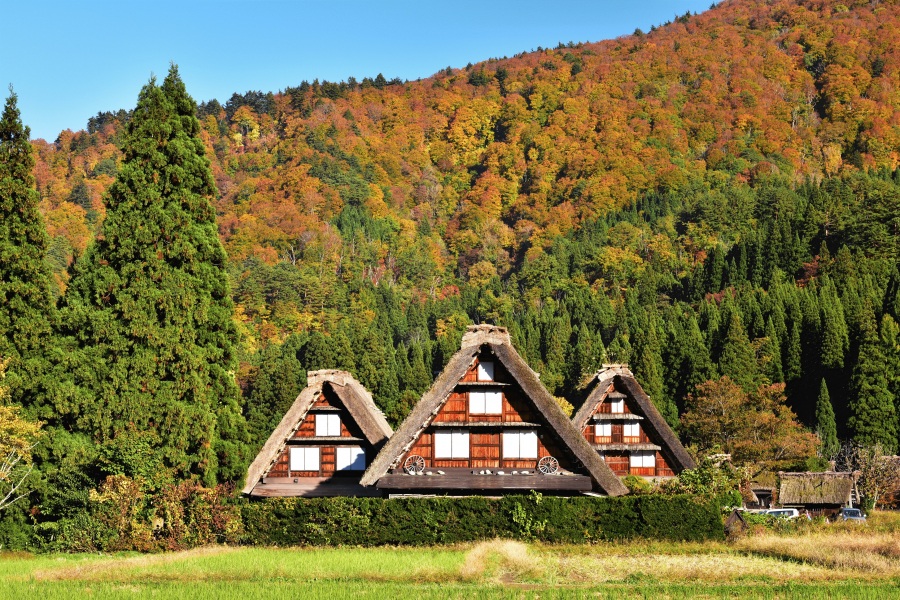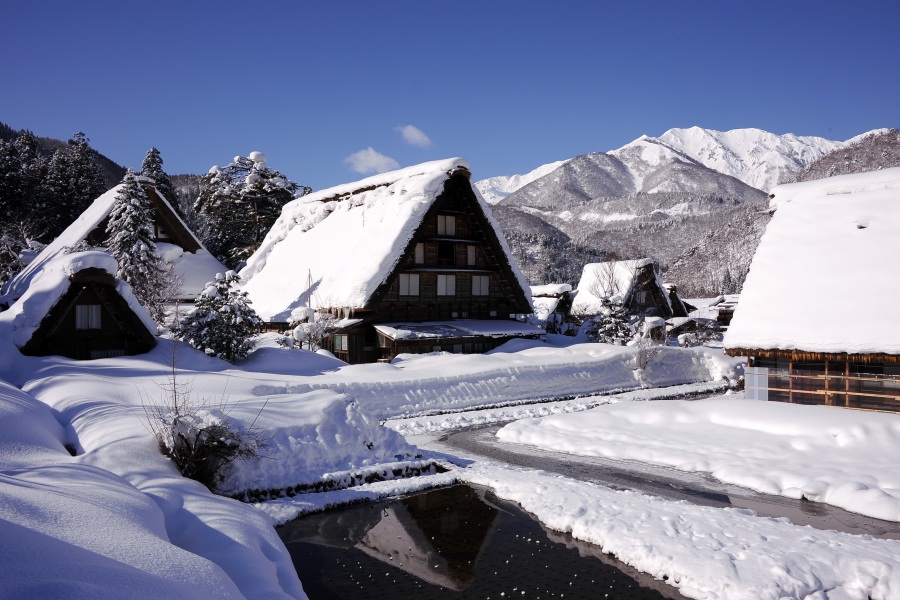KANAZAWA: A FOOD CITY UNLIKE ANY OTHER
It doesn’t take long for Kanazawa visitors to realize they’re in a city for foodies. Kanazawa is particularly famous for seafood, which many consider to be the freshest in Japan. Depending on what season you visit, you can enjoy some of the best quality snow crab, amberjack, sea bream, pufferfish, sweet shrimp, oysters, squid, and rosy sea bass that the country offers. It’s also true of Kaga cuisine, which features classic dishes using local seasonal ingredients and served with exquisite presentation. Not only that, but Kanazawans eat more ice cream per capita, and there are also more restaurants per city resident, than anywhere else in Japan. Local sake, too, is highly regarded, and best paired with local seafood.
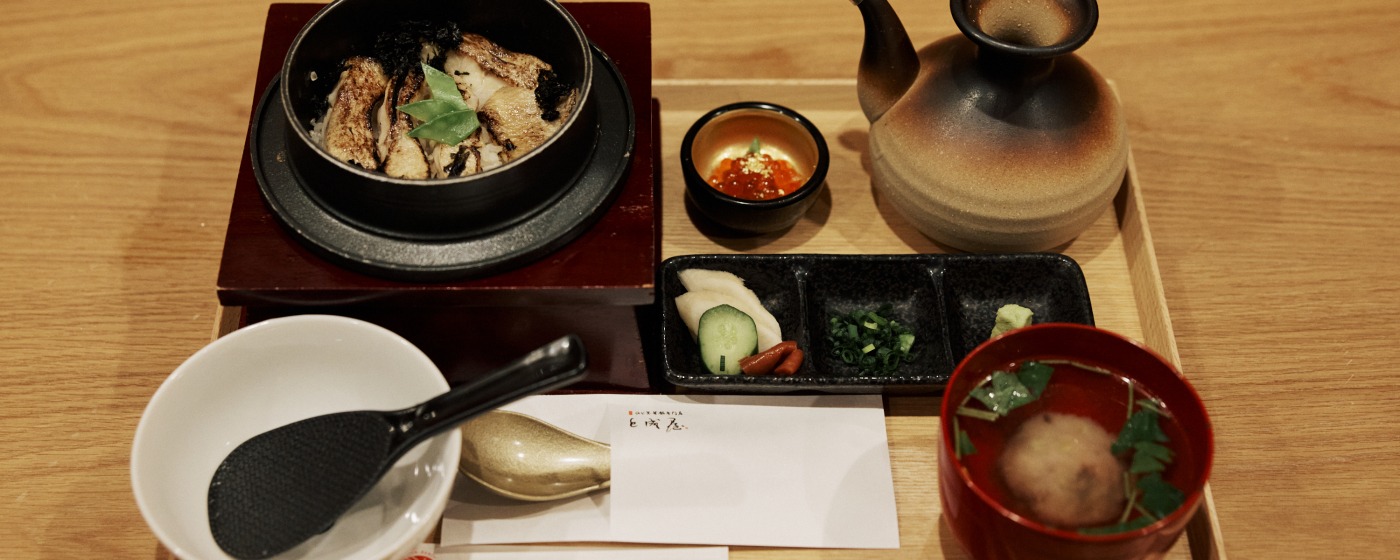
Nouka Banzai Tonariya
It might sound strange to recommend breakfast at Nouka Banzai Tonariya, and though I can equally recommend it for lunch, morning guarantees the freshest catches from the Japan Sea, the source of Japan’s best seafood. Breakfast at Nouka Banzai Tonariya is so highly regarded, in fact, that people line up to get in before its 7 a.m. opening.
Located on the south side of Omicho Market, this restaurant specializes in nodoguro (rosy seabass), a famous Kanazawa fish noted for its flavor and oil content. While other local restaurants also serve nodoguro, only Nouka Bansai Tonariya makes its own nodoguro dashi, or fish stock. This stock is key to the only two dishes served here: nodoguro kamameshi and nodoguro ochazuke.
Since kamameshi (rice cooked in an iron pot with nodoguro, seaweed, and vegetables) takes twenty minutes to prepare, the wait offers ample time to test some of the local sakes on the menu. As the chef prepares your dishes, take a look around you. Nouka Banzai Tonariya’s interior is modest, clean, and bright. That said, on the first floor hangs a large banner (blessed by Shirayama Hime shrine on the way to Hakusan Mountain) such as many fishermen attach to their boats for protection and good luck, and on the first and second floors are framed pictures of nodoguro that a regular customer drew. As you appreciate these decorations, keep an ear attuned to the minyou folk music playing over the speakers, adding to the restaurant’s atmosphere.
When your kamameshi arrives, it’s served with a clay decanter of hot dashi; a bowl of yuzu-infused clear soup (suimono) and lotus root-dumpling; a helping of salmon roe flecked with gold leaf; and pickled vegetables, chopped green onions, and wasabi to mix with your kamameshi.
Ochazuke here comes on a tray with a bowl of cooked rice topped with nodoguro; a clay decanter of hot dashi to pour over it; and a clam-shaped kutani-ware dish containing, if you desire to add them, cod roe, whitebait, boiled clams, boiled kelp, and wasabi. Accompanying this are pickled vegetables and slices of rolled omelet in which nodoguro dashi has been used.
If you’ve never eaten kamameshi or ochazuke before, the restaurant provides English instructions with illustrations describing the simple steps to enjoy it.
Closing time at Nouka Banzai Tonariya is at 3 p.m., with last orders no later than 2:30 p.m. Busy days often have lines to get in, but if you time your visit well you may end up with a chance to chat up the friendly chef, or perhaps some of the customers around you. For more information about the restaurant, please visit its website: here
- Nouka-Banzai TONARIYA
-
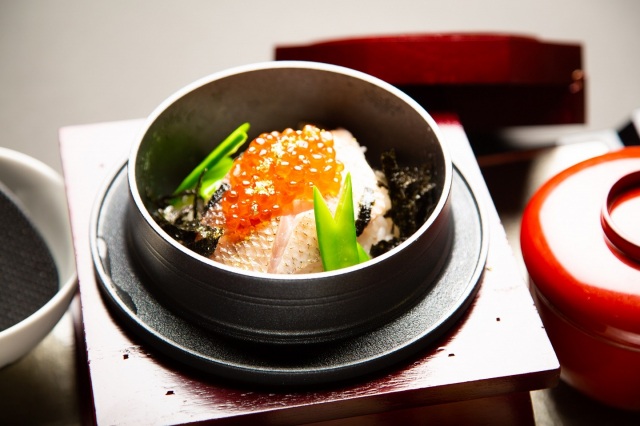
- A restaurant in Omicho Market specializing in Kanazawa's famous Nodoguro seabass Kamameshi rice
- more
Carlo Centro
While Kanazawa’s seafood is rightly famous, let’s face it, you can only pack in so much of it on one trip. For those hankering for something slightly different, Carlo Centro hits the right notes. Situated between Korinbo and Katamachi, on the second floor of Katamachi Kirara shopping mall, Carlo Centro makes a convenient stopping point while exploring Kanazawa.
One of the first things you’ll notice upon entering Carlo Centro is its ambience: the welcoming coffee and wine bar at the entrance, the warm brick walls inside, the glowing fire in the pizza oven, the potted silk and umbrella trees beneath the lighted roof, the music stage in the back. Another special quality about Carlo Centro is that it overlooks the busy street connecting Kanazawa’s business and entertainment districts, which gets lively and neon-bright when the sun goes down.
Although primarily an Italian restaurant, with a red-tiled pizza oven imported from Naples, the menu pays homage to Kanazawa tastes and ingredients. In fact, this homage to local food traditions is what distinguishes Carlo Centro.
Their extensive pizza menu offers five “Kanazawa Pizza” choices. What makes pizza here uniquely Kanazawan is the use of seasonal Kaga vegetables and other local ingredients, and an aim to make the pizza as nutritious as it is delicious. “Kanazawa Pizza” options include Kanazawa Japanese parsley, whitebait, mozzarella, and dried mullet roe; Kanazawa shiitake mushrooms, chives, mozzarella, and boiled Ono soy sauce from the traditional soy sauce-making area of Kanazawa; sweet potato, gorgonzola, mozzarella, Grana Padano, and Kanazawa honey; Kaga lotus root, mozzarella, Grana Padano, and pine nuts; Kanazawa leek, kumquat, mozzarella, and anchovies. With so many unique choices, make sure to come with a large group (and appetite) so you can sample them all.
At Carlo Centro, all pizzas come in one size: 26 cm of deliciousness. Half-and-half pizzas are popular here and, amazingly, no single pizza costs more than ¥2400. All lunch items come with a mini salad, though for dinner, salads can be ordered separately.
In addition to pizza, Carlo Centro also offers two kinds of omelet rice, including Kanazawa’s famous Hanton rice, and pastas packed with local flavor. The carbonara is made with three types of local mushrooms and Noto chicken eggs. Beef Bolognese includes Kaga lotus root and Noto beef. And the crab pasta features Ishikawa “Zuwai” snow crab. Grill options are also available, as are a selection of appetizers. And lest I forget, there’s also a range of drink and cake set options.
If you visit on a Friday or Saturday evening, consider making a reservation. While there’s normally no table charge, there’s an ¥800 music fee on nights with live music. Musicians are local professionals, and performances feature jazz and pops. Half a dozen live performances are often scheduled each month.
Carlo Centro’s menu has a number of vegan options, and the restaurant provides free Wi-Fi, too. Lunch is from 11:30 to 15:00. Dinner runs from 17:30 to 22:00 on weekdays, and until 23:00 on Fridays and Saturday, with last orders to be placed an hour before closing. There are lunch and dinner happy hours, too – reason in itself to come!
- CARLO CENTRO
-
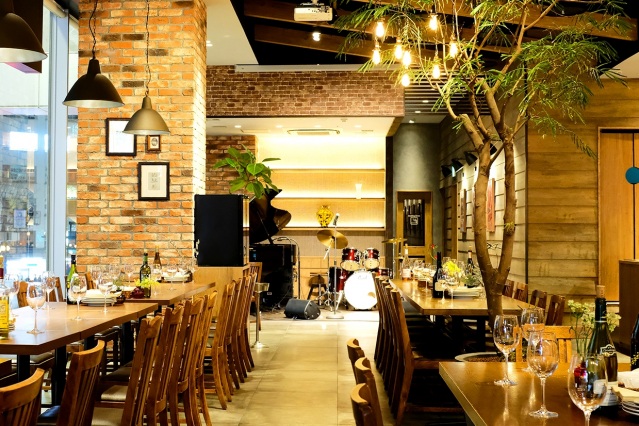
- An Italian restaurant where you can enjoy Kanazawa Pizza and live music.
- more
Blue Bar
If a night on the town is your thing, Katamachi offers numerous go-to spots. One of the more interesting options, and a classy one as well, is Blue Bar.
Blue Bar is in a Designated Kanazawa Townhouse – a machiya nearly 100 years old, which until only a few years ago was a kimono fabric business. In fact, much of the street, once part of Kanazawa’s famed Denma neighborhood, is lined with similar machiya, now renovated and converted into restaurants and drinking establishments. These new businesses, occupying beautiful machiya from earlier eras, help preserve Kanazawa’s heritage.
Blue Bar has been around since 1989 and moved to its present location in 2021. Though not a whiskey bar per se, its selection of whiskeys, bourbons, and single malts is extensive. It also has more than 200 kinds of wines, as well as beer, cocktails, and non-alcoholic drinks.
The bar also has a solid food menu. Behind a giant leg of Jamon de Teruel Do above the bar counter stands a creative, dedicated chef to prepare what’s on offer: a mix of Spanish and Japanese dishes as well as assorted cheeses and desserts. All of Blue Bar’s menus are in Japanese and English.
Like many Japanese bars, Blue Bar has a sitting charge, though at ¥880 it’s quite reasonable and buys a small plate of freshly made appetizers. On my most recent visit, appetizers included quiche, sauteed mushrooms topped with herbs, and a Japanese-style canape.
One of the first things you’ll notice about Blue Bar is its music. The bar has more than 1000 records and CDs, its eclectic collection veering toward jazz, blues, and classic soul. The bar has a close relationship with the Japanese music producer and director Tachikawa Naoki – famous in Japan and perhaps best-known internationally for composing the soundtrack for the movie “Raise the Red Lantern” – who helped “produce” Blue Bar and select music to match its atmosphere. With Tachikawa’s help, the owners have been equally careful about the bar’s acoustics, as evidenced by the large speakers stacked against a wall and the beautiful retro sound system.
Seating in the bar’s front room is limited, with six seats at the long wooden bar counter and a table for two near the entrance, but a room in back, with a view of a small garden, and another on the second floor, together have seating for nearly two dozen more people. Both rooms combine classic machiya features with a few modern touches and are a treat to spend time in.
Friday nights at Blue Bar can get crowded, so try to arrive early then. Every Friday, for a charge of ¥1000, you can get a tarot reading by “Dr. Yoshie,” when part of the bar turns into “Dr. Yoshie’s Tarot Lounge.” Readings are conducted in Japanese, but even if you choose not to get one for yourself, there’s great entertainment in watching other customers have theirs’ done and camaraderie in supporting them.
While Blue Bar prohibits smoking in its public areas, a dedicated smoking room sits in a separate corner of the first floor, away from where customers gather.
Blue Bar opens at 6 p.m. and closes at 3 a.m., with last orders by 2 a.m. Payment can be made in cash or by credit card. Please note that it’s closed on Sundays.
Text by Novelist David Joiner
Photo by Nik van der Giesen
- BlueBar
-
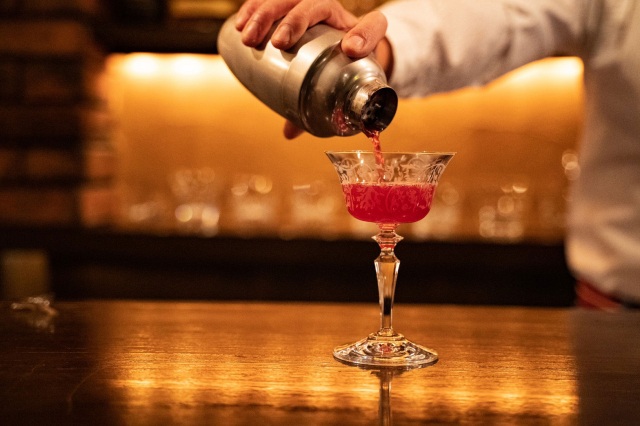
- Blue Bar since 1989, a place where you can enjoy alcohol, food and music
- more
